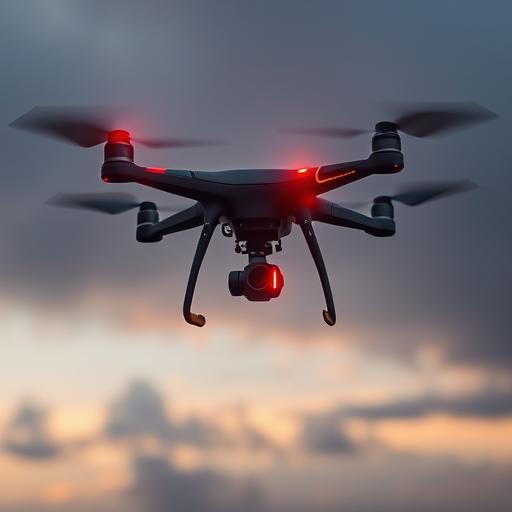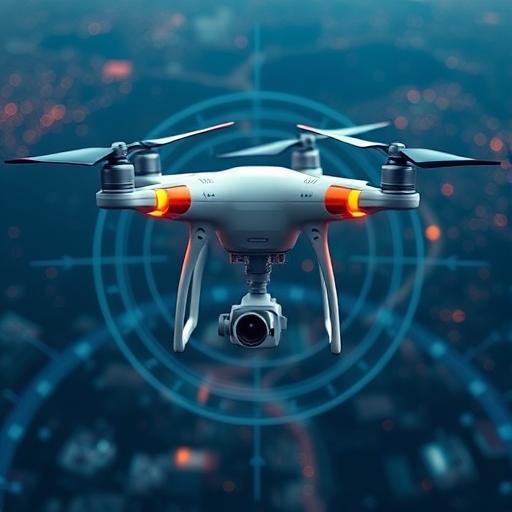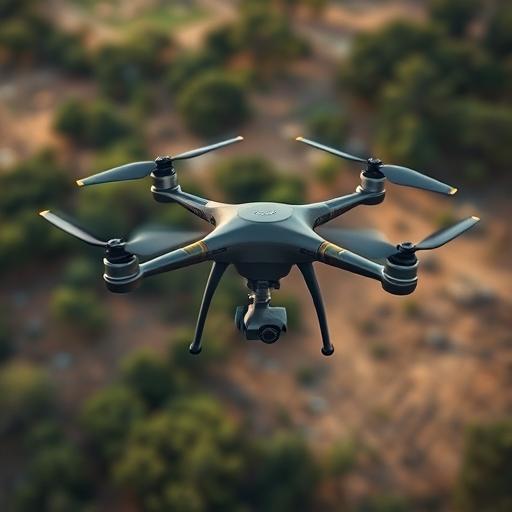Introduction: Unveiling Drone Satellite Internet

Imagine a world where reliable internet access isn’t limited by expensive infrastructure or geographical barriers. Drone satellite internet is rapidly turning that vision into a reality. This innovative technology utilizes drones—or unmanned aerial vehicles (UAVs)—as aerial platforms to provide internet connectivity, offering a game-changing solution for remote areas, disaster relief, and a variety of emerging applications. This post will delve into the workings of drone satellite internet, exploring its benefits, challenges, and the exciting future that lies ahead.
What Is Drone Satellite Internet? – A Comprehensive Definition

Defining the Technology
Drone satellite internet, at its core, employs a network of drones strategically positioned in the sky to act as mobile communication relays. Unlike traditional satellites orbiting Earth, these drones operate within the troposphere, much closer to the ground. This proximity minimizes latency and signal loss, delivering more effective internet service compared to conventional satellite internet in certain scenarios.
Key Concepts and Components
The system relies on several key components working in harmony. These include the drones themselves, equipped with communication payloads; ground stations that act as network gateways; sophisticated flight control and navigation systems for autonomous operation; and robust software managing the drone network and data transmission protocols. Effective use of spectrum is also crucial, employing frequencies optimized for aerial communication.
How Drone Satellite Internet Works – The Behind-the-Scenes Technology
Drone Design and Engineering
Drones utilized for satellite internet aren’t your average consumer models. They require specialized design focusing on long endurance— capable of staying airborne for extended periods— along with weather resistance to withstand varying atmospheric conditions. Often, these are high-altitude, long-endurance (HALE) drones powered by solar energy or advanced battery technology, maximizing uptime and range.
Communication Mechanisms and Protocols
Data transmission happens through a relay system. Drones connect to ground stations, forming a mesh network allowing for continuous coverage. They typically operate using microwave or millimeter-wave frequencies. Signal processing and beamforming techniques are used to optimize data transmission. The drones are programmed to hand off connections seamlessly as they move, ensuring uninterrupted service.
Operational Operations and Logistics
Managing a fleet of internet-providing drones requires advanced logistics and automation. Automated takeoff, landing, and recharging are critical components, along with sophisticated flight planning algorithms. Real-time monitoring and remote control capabilities ensure the network’s stability and responsiveness. Efficient maintenance schedules and drone replacement protocols are also essential for sustained operation.
Advantages and Applications of Drone Satellite Internet
Connectivity in Remote and Underdeveloped Areas
Perhaps the most significant benefit of drone satellite internet is its potential to bridge the digital divide. It can deliver internet access to rural communities, geographically isolated regions, and areas where building traditional infrastructure is prohibitively expensive or impractical. This increased connectivity can foster economic development, education, and access to vital information.
Emergency and Disaster Response
In the aftermath of natural disasters, conventional communication networks often collapse. Drone satellite internet can be rapidly deployed to establish temporary communication networks, providing essential connectivity for rescue efforts, coordinating aid delivery, and facilitating communication between disaster relief teams and affected populations. Its ability to be airborne quickly and resiliently makes it invaluable.

Commercial, Research, and Personal Applications
Beyond these core uses, applications are expanding. Precision agriculture benefits from real-time data collection from fields. Environmental monitoring—tracking deforestation or wildlife populations— is greatly enhanced. Researchers can utilize the network for remote sensor deployments, and individuals in underserved areas gain convenient access to online services for work, education, and leisure.
Challenges, Limitations, and Considerations
Technological and Engineering Hurdles
Despite its promise, drone satellite internet faces technical challenges. Limited battery life or reliance on sufficient sunlight for solar power are key constraints. Maintaining stable connectivity amidst varying weather conditions—wind, rain, and turbulence—requires advanced stabilization and control systems. The need for minimal signal interference and robust security protocols also present complexities.
Regulatory and Ethical Issues
Regulatory frameworks surrounding drone operations are still evolving. Airspace management, collision avoidance, and ensuring secure operation are critical concerns. Data privacy and security issues must also be addressed, including protecting user data transmitted through the network. Navigating these legal and ethical landscapes is essential for responsible and sustainable implementation.
Environmental and Logistical Concerns
The potential environmental impact of deploying large drone fleets needs consideration. Noise pollution, visual impact, and the eventual disposal of drone components all require attention. Logistically, the scale of deployment and maintenance—keeping a large number of drones operational— poses significant operational challenges.
Current Developments and Future Trends
Cutting-Edge Innovations and Pilot Projects
Several companies and research institutions are actively developing and testing drone satellite internet systems. Recent advancements include solar-powered HALE drones with extended flight durations, more efficient communication protocols, and AI-powered network management systems. Pilot projects are underway in various locations testing feasibility and refining operational strategies.
Future Projections and Research Directions
The future looks promising with ongoing research tackling limitations. Advances in battery technology, lightweight materials, and artificial intelligence will boost drone performance and efficiency. Combining drone networks with existing satellite and cellular infrastructure creates hybrid solutions. Integration with 5G and the Internet of Things (IoT) promises even greater connectivity possibilities.
Frequently Asked Questions (FAQ)
Key FAQs
- How Reliable Is Drone Satellite Internet Compared to Traditional Methods?
Currently, reliability is variable, dependent on factors like weather and drone endurance. However, ongoing improvements in drone technology and network management are steadily closing the gap—and in specific applications, it can be more reliable than traditional methods during disasters.
Initial deployment costs are significant due to the specialized infrastructure. Long-term operational costs are also considerable. However, economies of scale and technological advancements aim to reduce costs, making it more accessible, and pricing models will likely vary based on service level and location.
Security concerns exist, including potential for signal interception and hacking. Secure communication protocols, encryption, and robust cybersecurity measures are essential to safeguard data and network integrity. Ongoing research is focused on mitigating these risks.
Integration occurs through ground stations that act as gateways, connecting the drone network to existing infrastructure like fiber optic cables and cellular towers. This enables seamless connectivity and provides redundancy for more robust performance.
Conclusion: The Future of Connectivity Through Drone Satellite Internet
Summary of Key Points
Drone satellite internet represents a potentially transformative solution to the challenges of delivering internet connectivity— particularly in underserved areas. This technology, using drones to establish aerial networks, presents significant advantages—including rapid deployment, cost-effectiveness, and resilience. However, technological, regulatory, and environmental obstacles must be addressed for widespread implementation.
Final Thoughts and Call-to-Action
Despite these challenges, drone satellite internet offers a compelling vision for the future of connectivity. As technology continues to advance and regulatory frameworks evolve, we can anticipate a world where this innovative solution connects more people, empowers communities, and drives economic growth. Stay informed about the latest developments and consider the potential impact of this exciting technology on our future.
